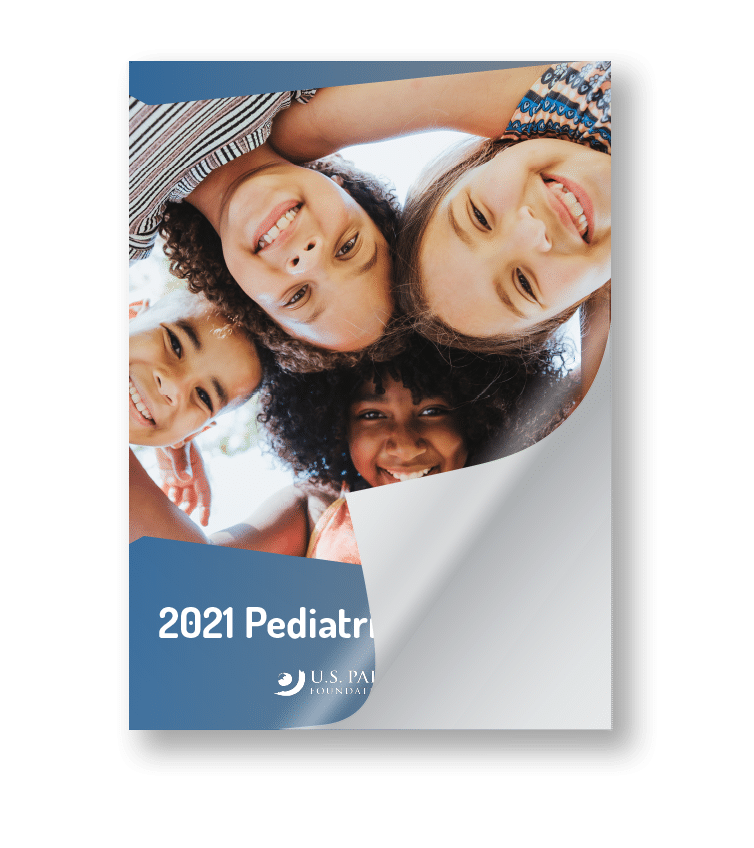pediatric pain report
Pain is invisible—especially for children.
In early 2021, the Pediatric Pain Warrior program at U.S. Pain Foundation surveyed 125 families with one or more children living in pain.
The results paint a portrait of families and children affected by chronic pain whose needs are not being met. Caregivers are forced to cobble together pain management plans across multiple providers, budgets are stretched past their breaking point, and our children face serious quality of life and mental health obstacles.
It’s past time we address this critical issue.
No one should fight pediatric chronic pain alone.
Key Takeaways
1) PEDIATRIC PAIN IS REAL AND CHILDREN LIVE WITH SEVERE PAIN DAILY.
Surveyed children were asked about average daily pain level on a scale of 0 to 10, with 10 being the highest pain, the average response was 5. More than half of children (54%) rated their daily pain as a level 6 or above.
2) PEDIATRIC PAIN IS AN UNDERSERVED, UNDERRECOGNIZED CONDITION.
Children with chronic pain face needless barriers to care that, while similar to adults with chronic pain, are even more striking due to the age of the patient.
The survey found that 65% of respondents said they can’t find a provider who is knowledgeable about their child’s condition while 58% felt their provider didn’t believe their child or take them seriously.
3) COMPREHENSIVE PAIN SERVICES FOR PEDIATRIC PAIN ARE NOT READILY AVAILABLE OR EASILY ACCESSIBLE.
Less than half of surveyed children with chronic pain have a pain specialist caring for them, which is concerning given the severity of pain reported. In fact, 38% of those surveyed indicated that they would like to see a pain specialist but have been unable to do so.
4) THE COST OF CARING FOR A CHILD WITH CHRONIC PAIN IS DAUNTING AND OFTEN LEAVES FAMILIES UNABLE TO AFFORD MUCH-NEEDED CARE.
More than 60% of respondents reported having to decline services due to cost, while nearly half of respondents reported paying between $2,500-$10,000 annually on out-of-pocket expenses.
5) THE SOCIAL AND PSYCHOLOGICAL IMPACTS OF PEDIATRIC PAIN ARE LIFE-ALTERING AND POTENTIALLY LIFE-THREATENING.
A large majority (84%) of children with chronic pain surveyed experience anxiety while nearly half (48%) expressed guilt for being sick. Thoughts of self-harm and suicide were, tragically, not uncommon. Even more unsettling is the fact that 4% of kids have attempted suicide.
6) CAREGIVERS OF PEDIATRIC PAIN PATIENTS WANT TO LEARN MORE ABOUT MEDICAL, REHABILITATIVE, AND PSYCHOLOGICAL CARE OPTIONS.
Respondents were asked the open-ended question, “What types of therapy or medications would you like more education/information about?” While answers varied, the most commonly desired education centered around alternative and integrative medicine and services, followed by pediatric pain management care, mental health care, and experimental or investigational treatments.

